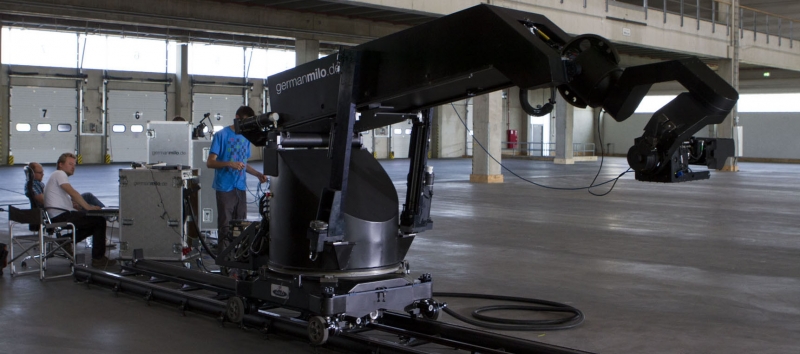Motion Control Application in Photography and Film Making

In order to achieve a bigger model, the person filming is supposed to move the camera instead of moving the model. Previously, this too would have been a real struggle with the massive cameras. However, with the advent of portable and lightweight cameras, this becomes a feasible idea. While using motion control, you will not only be required to devote your entire focus on the model. There are other areas such as, frame rates, shutter speed and focus that you are supposed to keep a wide eye on. Making adjustments on the data field and the frame rates and accordingly shifting the shutter speed help a long way in making the model appear larger.
In addition to model creation, motion control also facilitates still and motion photography. This is a technique that allows the precise control and the repetition of camera movements. There are also some special effects in photography that are created using motion control. A good example is where a single camera is used to film different elements and then merging the elements into a single image. To create this effect, a chroma key will be used alongside motion control so as to merge the element.
Duplication of some elements in film making may be required in several instances. However, it becomes hard to physically duplicate some elements. An example is, when featuring multiple instances of the same actor, in a single shot that has camera movement involved. In such a case, the actor will perform different actions in the same location. The camera will then film the same motion. Digital manipulation and addition of digital elements in photos and films are other popular actions in today’s film making. When duplication of elements has been done, the elements are made to stick to a specific part of the screen. This is because if they keep crossing each other, it will prove harder for the film maker to combine the elements and the flow of the film will be compromised.
In conclusion, some people have been found to argue that the effects that are created by motion control in photography and film making can be achieved by the traditional film maker or photographer. Partly, that is true, but the whole difference comes in precision, and the accuracy that comes with using motion control. In addition, it is faster. It would not be wise to spend a whole day trying to make a single shot that you would have made in minutes.
